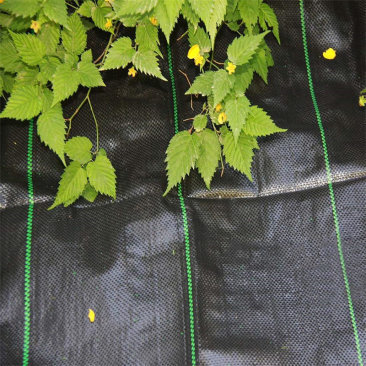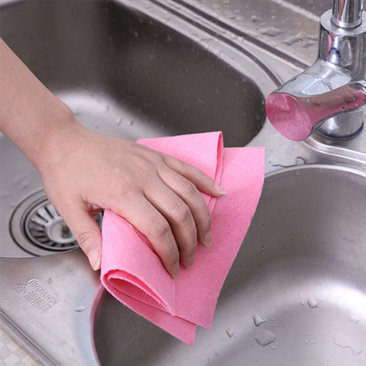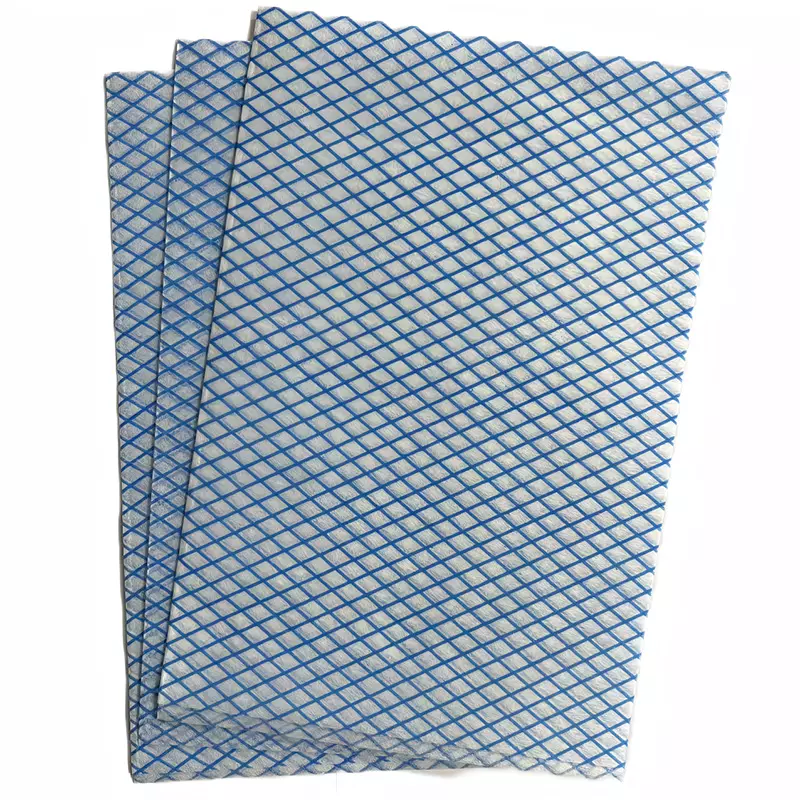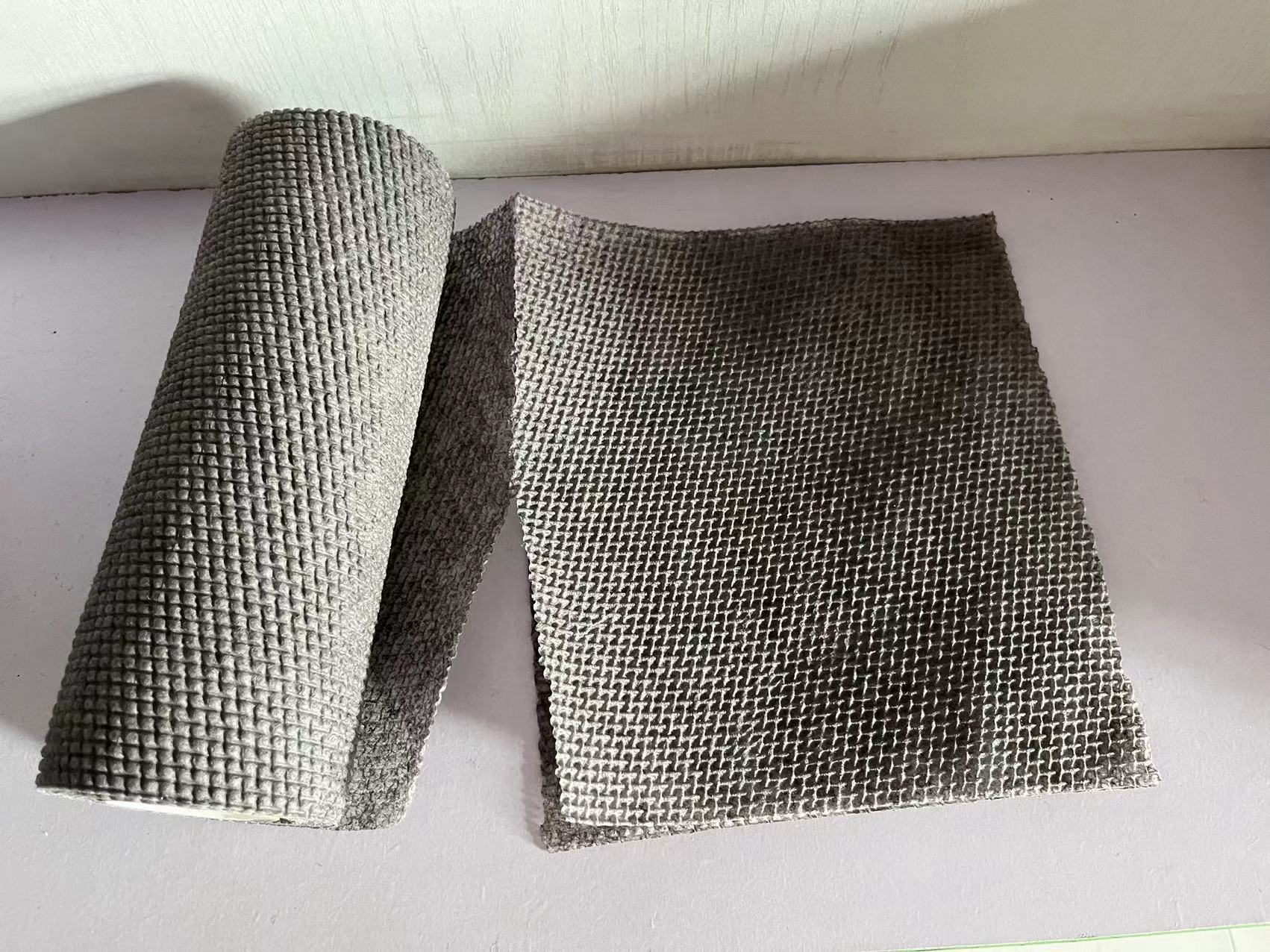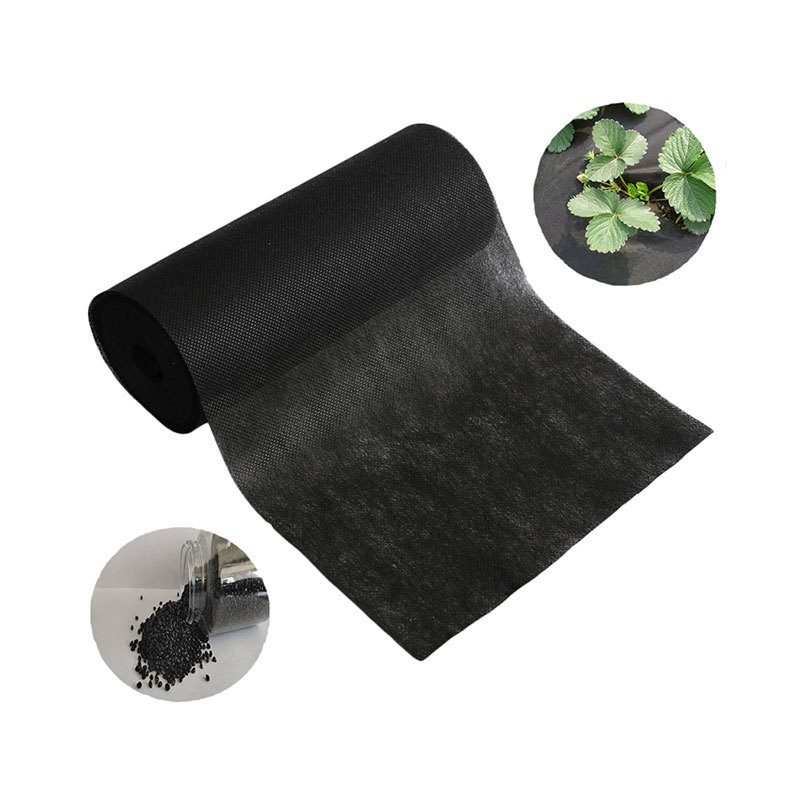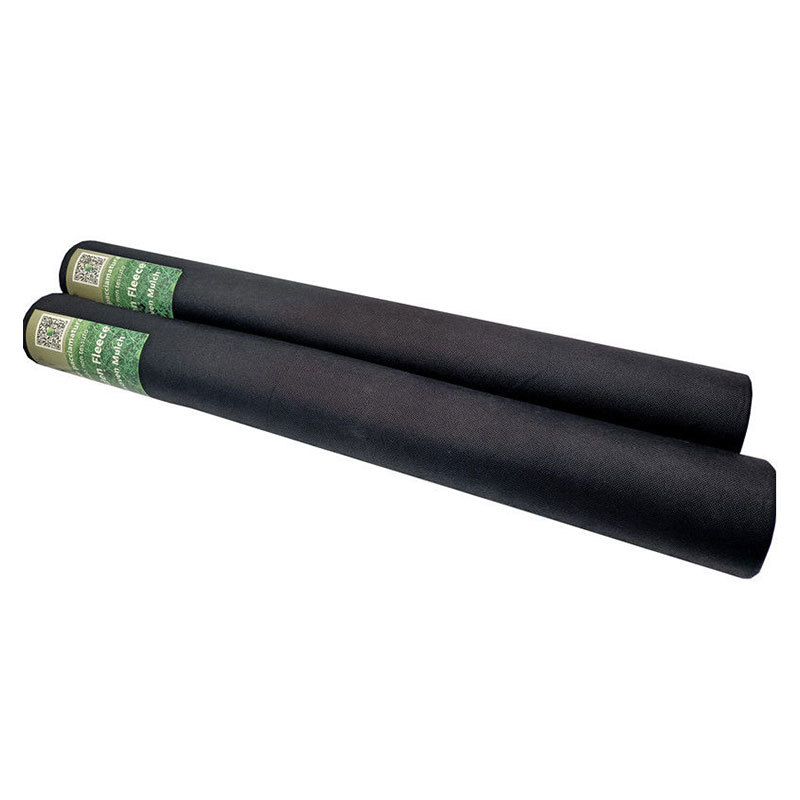31
2025
-
07
Transform Your Garden: Benefits of Weed Control Fabric
Transform Your Garden: Benefits of Weed Control Fabric Introduction to Weed Control Fabric In today's gardening world, maintaining a lush and vibrant garden can be a challenging task. One of the most effective solutions that gardeners have embraced is **weed control fabric**. This innovative material not only curtails weed growth but also promotes a healthier growing environment. In this article,
Transform Your Garden: Benefits of Weed Control Fabric
Introduction to Weed Control Fabric
In today's gardening world, maintaining a lush and vibrant garden can be a challenging task. One of the most effective solutions that gardeners have embraced is **weed control fabric**. This innovative material not only curtails weed growth but also promotes a healthier growing environment. In this article, we will explore the myriad benefits of using weed control fabric in your garden, discussing everything from its functionality to its long-term advantages.
Understanding Weed Control Fabric
Weed control fabric, also known as landscape fabric or geotextile, is a permeable material designed to prevent weeds from penetrating while allowing air, water, and nutrients to reach the soil. Typically made from woven or non-woven polypropylene, this fabric serves as a barrier against unwanted plant growth, making it an invaluable tool for gardeners and landscapers alike.
How Does Weed Control Fabric Work?
The functioning of weed control fabric is simple yet effective. The fabric is laid directly over the soil, creating a physical barrier that inhibits weed germination. Here's how it works in detail:
- **Light Blockage**: By blocking sunlight, the fabric prevents weed seeds from receiving the necessary energy to sprout.
- **Moisture Regulation**: The fabric allows rainwater and irrigation to percolate through, maintaining soil moisture while inhibiting weed growth.
- **Soil Aeration**: The permeable nature of the fabric facilitates air circulation, promoting healthy root systems.
Key Benefits of Using Weed Control Fabric
Weed control fabric offers numerous advantages that go beyond just weed suppression. Let’s explore these benefits in detail.
1. Effective Weed Suppression
The primary function of weed control fabric is to suppress weeds effectively. By forming a barrier against light, it can significantly reduce the number of weeds that germinate in your garden spaces.
2. Improved Soil Health
By allowing essential nutrients and moisture to pass through, weed control fabric contributes to healthier soil ecosystems. This fabric helps maintain optimal soil conditions, which is vital for plant growth.
3. Reduced Maintenance Time
Gardening can be labor-intensive, but with weed control fabric in place, the time spent on weeding and garden maintenance is drastically reduced. This means more time to enjoy your garden rather than laboring in it.
4. Enhanced Plant Growth
With weeds effectively controlled, your plants have a better chance to thrive. Less competition for nutrients and water allows your flowers, vegetables, or shrubs to grow more robustly.
5. Versatility and Adaptability
Weed control fabric can be used in various settings—from vegetable gardens to flower beds and even under walkways. Its versatility makes it a valuable addition to any landscaping project.
Types of Weed Control Fabric
Not all weed control fabrics are created equal. Understanding the different types can help you make an informed choice tailored to your gardening needs.
1. Woven Fabric
Woven weed control fabric is constructed from interwoven strands of polypropylene. This type is durable, allowing for excellent water and air permeability while providing superior weed suppression.
2. Non-Woven Fabric
Non-woven weed control fabric is made from bonded fibers, creating a thicker barrier that is also permeable. While it allows water and nutrients through, it may not be as long-lasting as woven options.
3. Biodegradable Fabric
For those seeking eco-friendly solutions, biodegradable weed control fabrics made from natural materials offer a sustainable alternative. These fabrics break down over time, enriching the soil while suppressing weeds.
How to Install Weed Control Fabric
Installing weed control fabric is a straightforward process that can yield significant long-term benefits. Follow these steps for a successful installation:
Step 1: Prepare the Area
Begin by clearing the area of existing weeds, debris, and rocks. Ensure the soil is level and free from obstructions.
Step 2: Lay the Fabric
Unroll the weed control fabric across the prepared area, ensuring it is flat and free from wrinkles. If necessary, cut the fabric to fit specific garden shapes.
Step 3: Secure the Fabric
Use landscape staples or stakes to secure the edges of the fabric, preventing it from shifting or blowing away with the wind.
Step 4: Mulch for Additional Protection
Adding a layer of mulch on top of the fabric can provide extra protection against UV rays while also improving the aesthetic appeal of your garden.
Maintaining Your Weed Control Fabric
While weed control fabric is designed to minimize maintenance needs, some care is necessary to maximize its effectiveness.
Periodic Inspections
Regularly inspect the fabric for damage or signs of wear. Promptly replace any sections that may have been compromised.
Weed Management
Even with fabric in place, some stubborn weeds may find their way through. Regularly check for any weeds that may emerge and remove them promptly.
Mulch Replacement
Over time, mulch can decompose and lose its effectiveness. Replace or refresh the mulch layer periodically to ensure continued protection.
Common Misconceptions about Weed Control Fabric
Several myths surround the use of weed control fabric that may deter gardeners from utilizing this beneficial material.
Myth 1: It’s Only for Large Gardens
Many believe that weed control fabric is only practical for extensive landscaping projects. In reality, it is beneficial for gardens of all sizes and can be incredibly useful in small spaces.
Myth 2: It Causes Soil Compaction
Some gardeners worry that using fabric may lead to soil compaction. However, when installed correctly, it allows for proper aeration and does not hinder root growth.
Myth 3: It’s Too Expensive
While there is an initial investment, the long-term savings in maintenance and the enhanced health of your garden often outweigh the cost.
FAQs about Weed Control Fabric
1. How long does weed control fabric last?
Weed control fabric can last anywhere from 5 to 20 years, depending on the material type and environmental conditions.
2. Can I plant directly into weed control fabric?
Yes, you can cut slits in the fabric to plant directly into the soil beneath, ensuring that the plants still benefit from the weed suppression.
3. Is weed control fabric harmful to the environment?
Most weed control fabrics are made from polypropylene, which is not biodegradable. However, biodegradable options are available for environmentally conscious gardeners.
4. Can I use weed control fabric in vegetable gardens?
Absolutely! Many gardeners use weed control fabric in vegetable gardens to reduce competition and improve yields.
5. What should I do if weeds grow through the fabric?
If weeds do emerge, they can usually be pulled or cut back without harming the fabric. Regular monitoring will help keep them at bay.
Conclusion
In conclusion, **weed control fabric** is a powerful ally in the quest for a thriving garden. Its benefits extend far beyond just weed suppression, contributing to overall soil health, reduced maintenance efforts, and enhanced plant growth. By understanding how to effectively install and maintain this material, you can transform your gardening experience, allowing you to enjoy a lush, vibrant space with minimal effort. Embrace the advantages of weed control fabric and watch your garden flourish like never before.
garden weed control fabric


